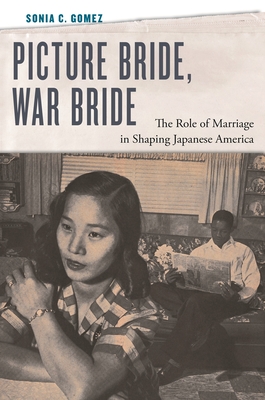Picture Bride, War Bride: The Role of Marriage in Shaping Japanese America

Picture Bride, War Bride: The Role of Marriage in Shaping Japanese America
Examines the role marriage played in the lives of Japanese women during periods of racial exclusion in the United States In 1908 the United States and Japan agreed to limit the migration of Japanese laborers to the US. The Gentlemen's Agreement of 1908 ushered in an era of exclusion for the Japanese, but an exception was made for Japanese women who migrated as wives of Japanese men. In 1924 that exception would end with the passage of the N
PRP: 356.28 Lei
Acesta este Prețul Recomandat de Producător. Prețul de vânzare al produsului este afișat mai jos.
285.02Lei
285.02Lei
356.28 LeiLivrare in 2-4 saptamani
Descrierea produsului
Examines the role marriage played in the lives of Japanese women during periods of racial exclusion in the United States In 1908 the United States and Japan agreed to limit the migration of Japanese laborers to the US. The Gentlemen's Agreement of 1908 ushered in an era of exclusion for the Japanese, but an exception was made for Japanese women who migrated as wives of Japanese men. In 1924 that exception would end with the passage of the N
Detaliile produsului









